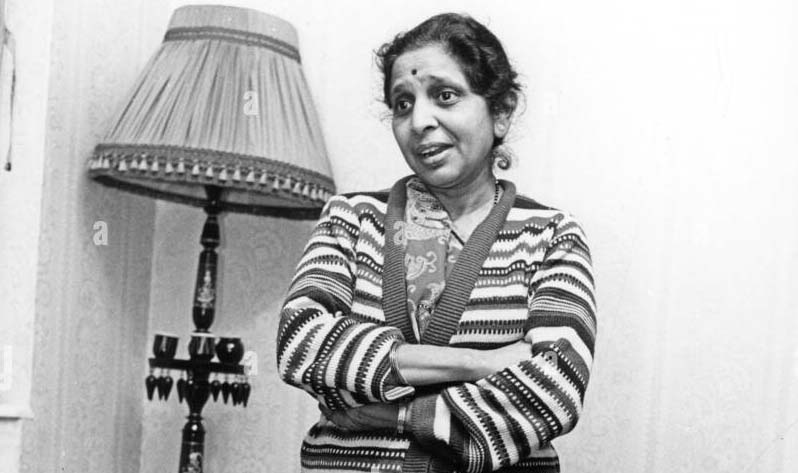The Grunwick Dispute Begins | History Today - 2 minutes read

It was, one activist said, ‘the Ascot of the Left. It is essential to be seen here’. But the Grunwick dispute, which escalated into one of the defining industrial conflicts of the late 1970s, had small beginnings.
The spark was the sacking at Grunwick, a film-processing company in north-west London, of a young worker on 20 August 1976. A few others walked out in protest, led by 43-year-old Jayaben Desai. Like many employees, Desai was a Gujarati woman from East Africa, forced to flee her home by anti-Asian policies in the early 1970s.
Pay and conditions at Grunwick were poor. Overtime was compulsory. The first year of work earned two weeks’ holiday the following year. Staff had to ask permission to use the toilet. ‘What you are running here is not a factory, it is a zoo’, Desai told her manager.
Out of some 490 employees, 137 joined the strike. They joined a union, the Association of Professional, Executive, Clerical and Computer Staff (APEX), now part of the GMB. Grunwick’s managing director, George Ward, responded by sacking them all. Post Office workers declined to deliver to Grunwick; some 84 per cent of its trade was mail order.
But Grunwick refused to give ground. APEX called for a mass picket. Supporters came in their thousands, peaking at around 20,000 on 11 July 1977. There were hundreds of injuries.
The strike ended in defeat on 14 July 1978. Desai blamed the government and it marked a turning point in industrial relations. Margaret Thatcher, elected in May 1979, outlawed secondary picketing the following year.
But Grunwick was also the first time the union movement had got behind immigrant workers. As recently as 1974 the Transport and General Workers’ Union had refused to support Asian workers striking for equality with their white colleagues at Imperial Typewriters in Leicester.
‘We have shown’, Desai said, ‘that workers like us, new to these shores, will never accept being treated without dignity or respect.’
Source: History Today Feed